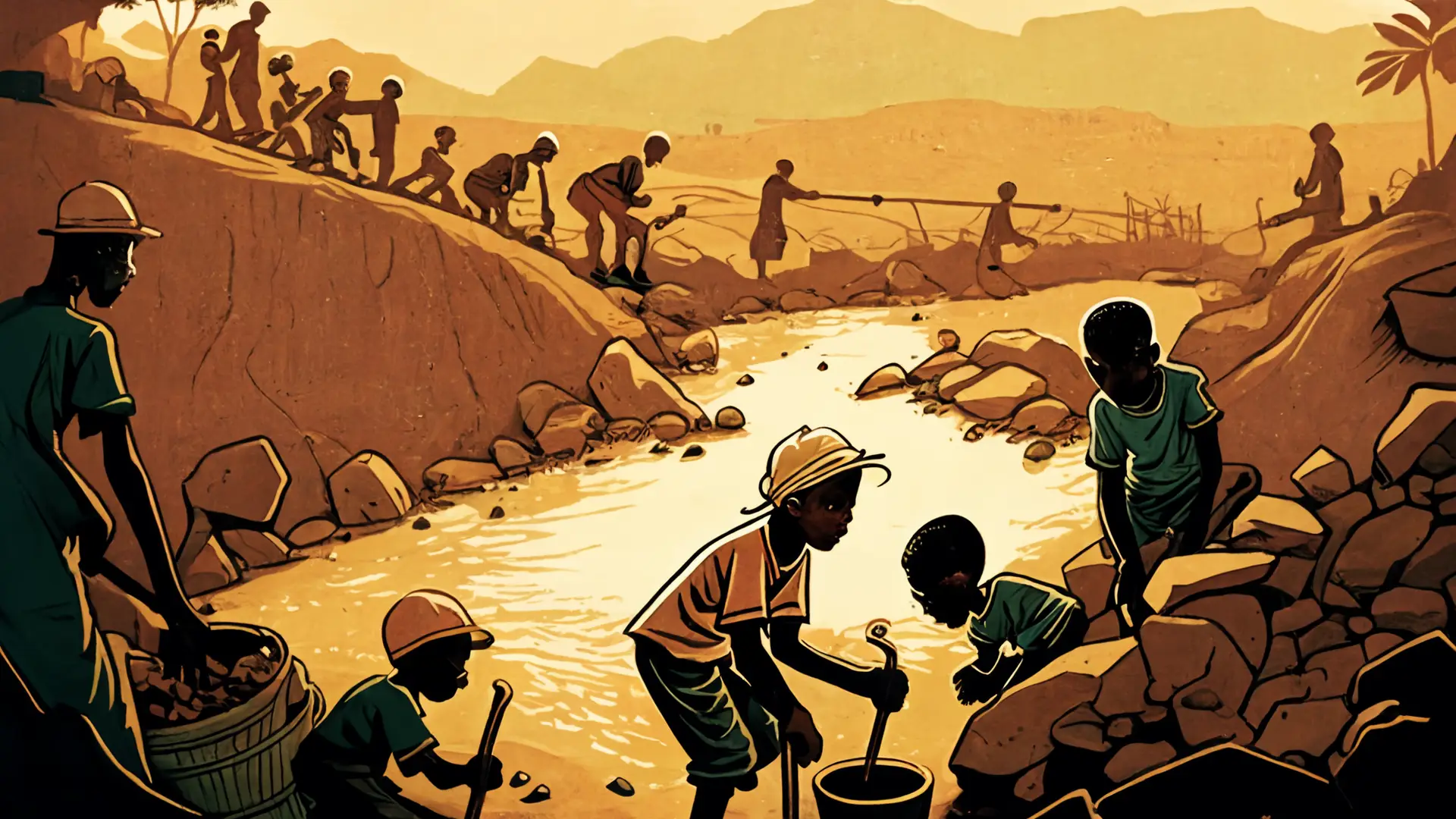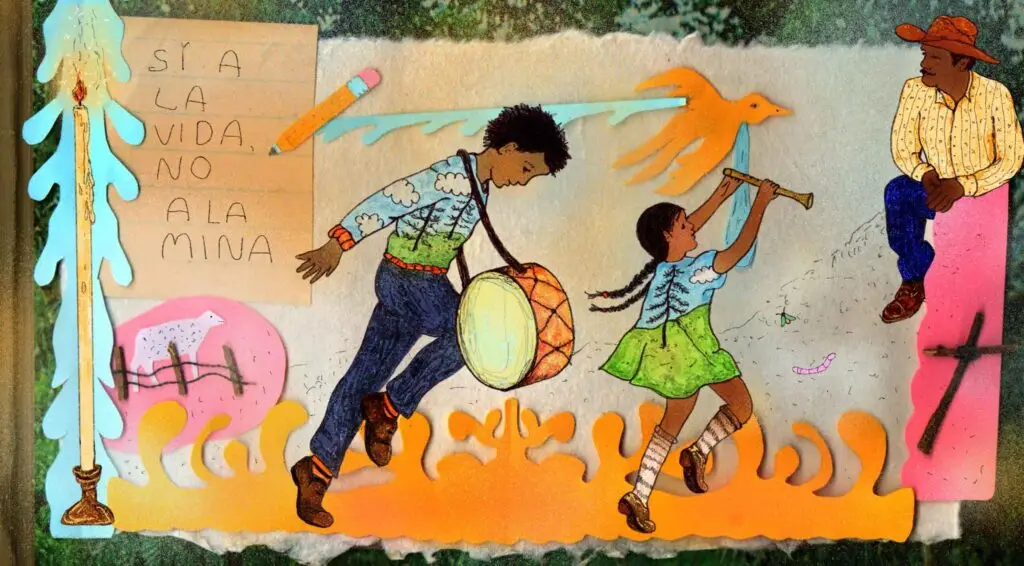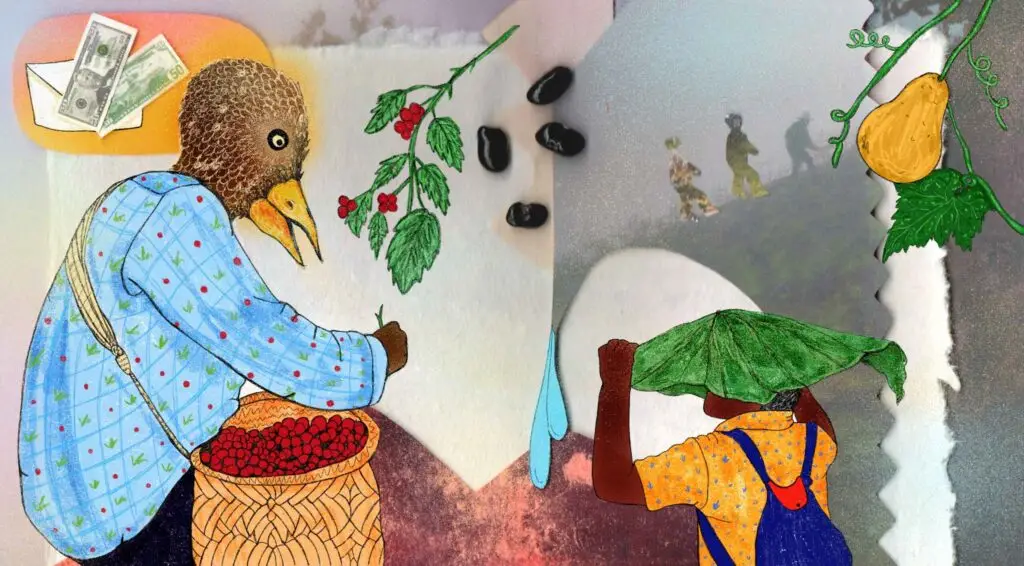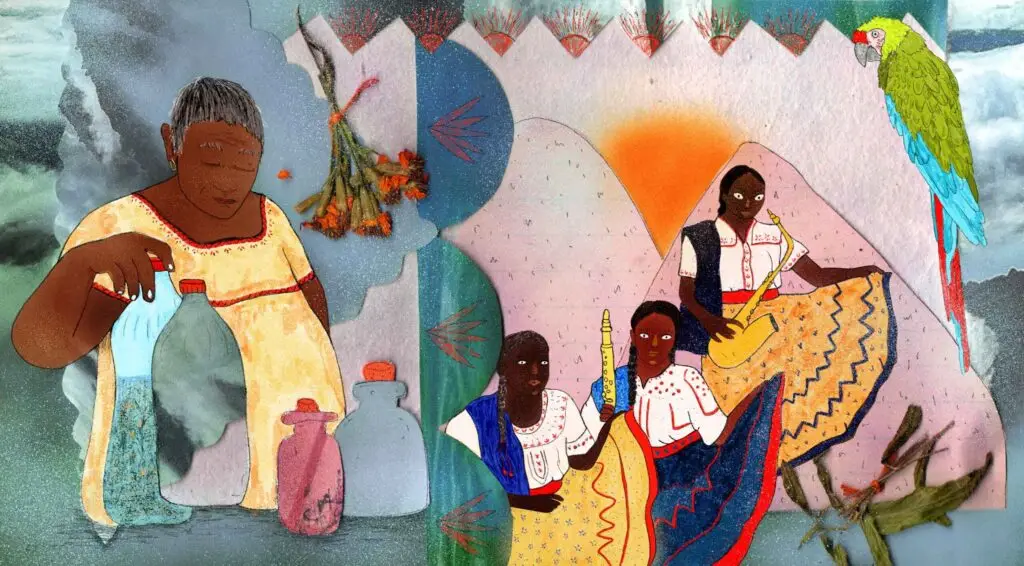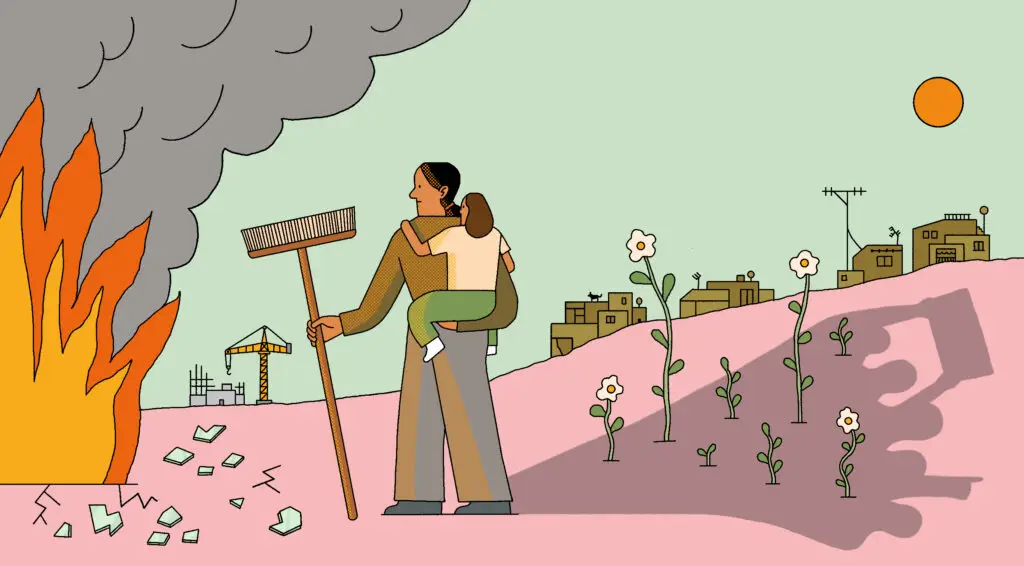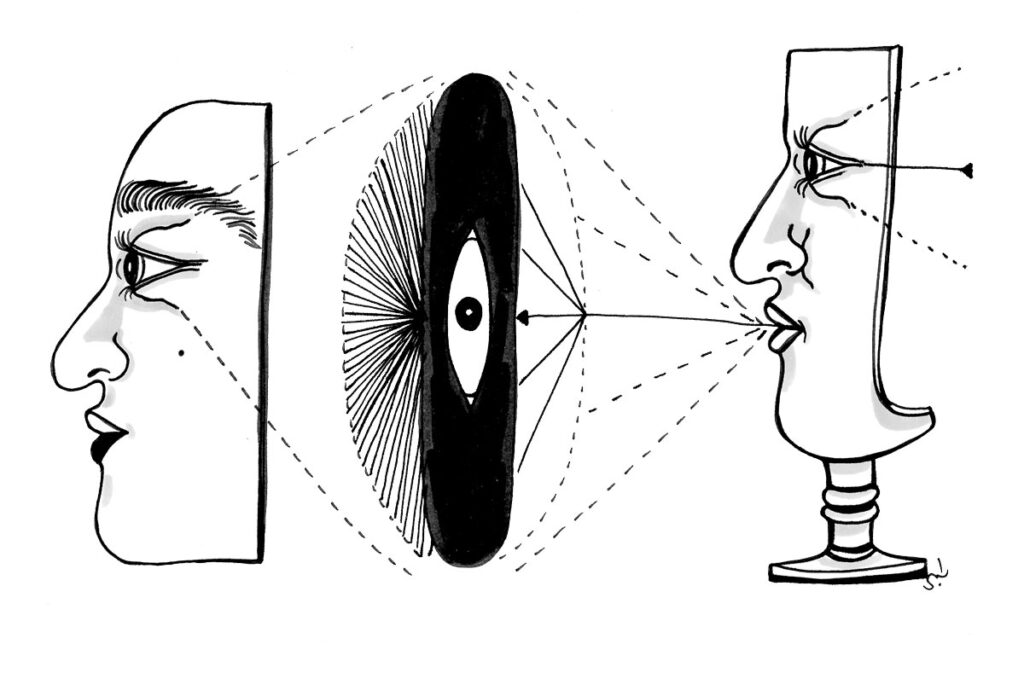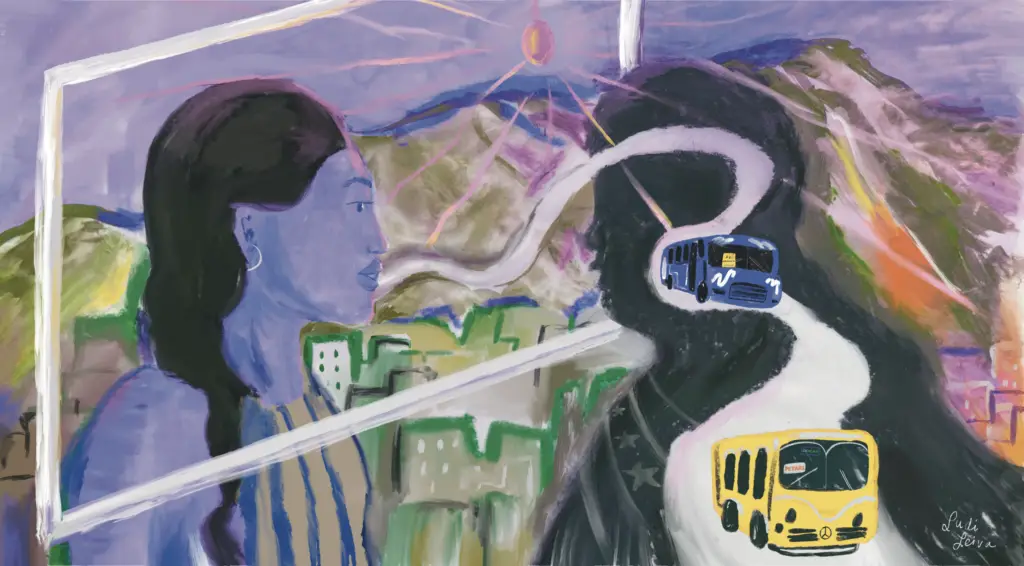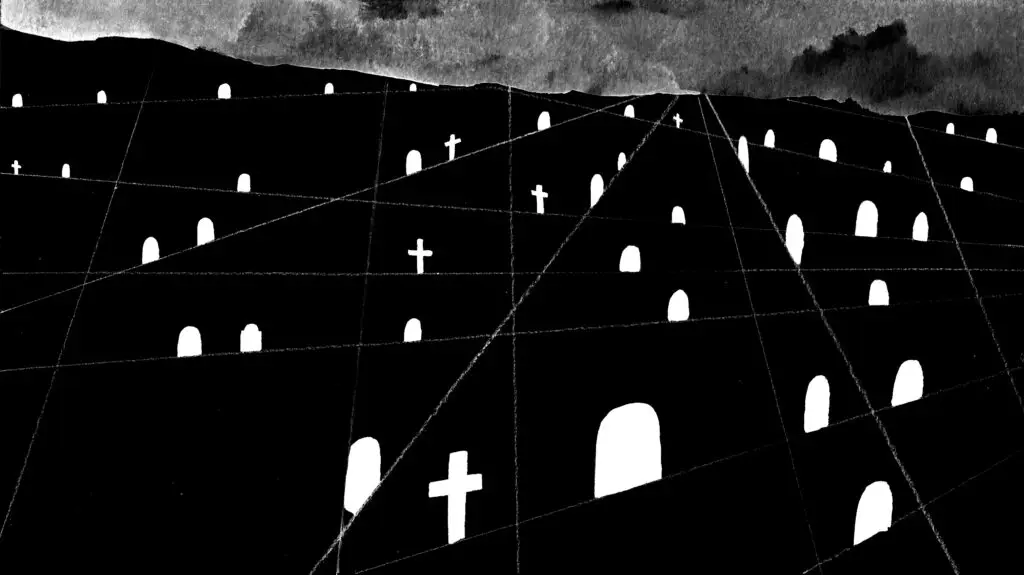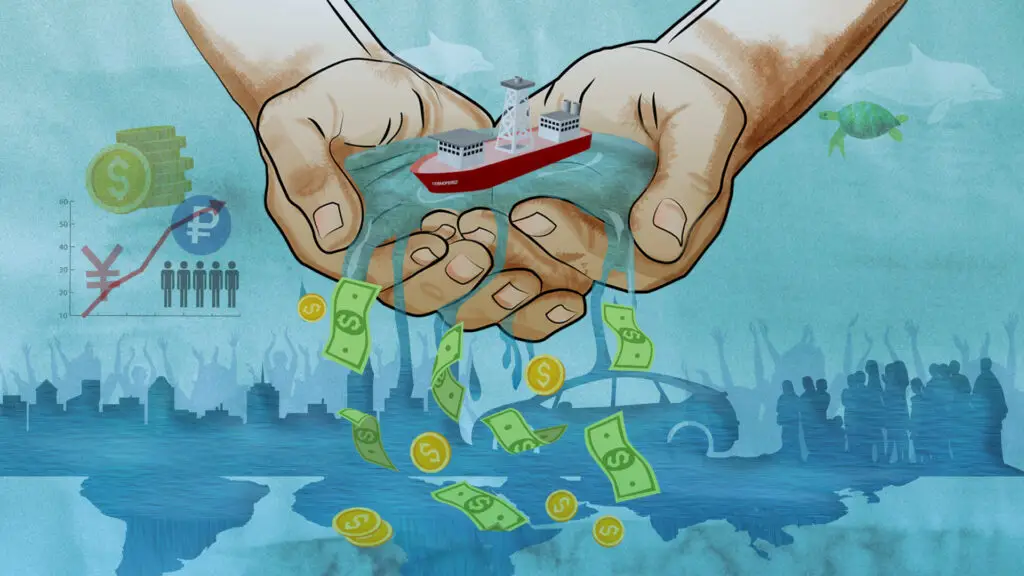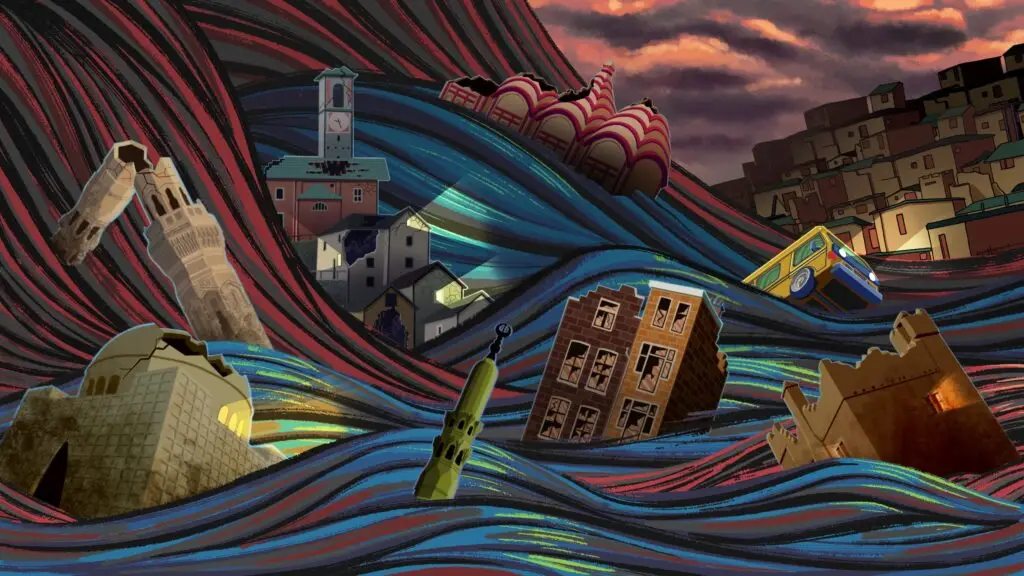Scantly clad and mucky, Kudzai Mwenje* (4) goes through his daily gold-panning routine, separating the mineral from river sand on Odzi River, in Zimbabwe’s eastern province of Manicaland.
He seems like an expert of sorts at what he does, adroitly using a thick piece of cloth and a disfigured metal bowl to make sure that none of his catch escapes. It is child labour in its worst form.
Mwenje is strikingly young, too young to be involved in this illegal yet widespread activity in Zimbabwe. Not far from him, dozens of other adolescents are also immersed in the search for the precious minerals.
They come from such nearby villages like Zveushe, Kambarami and Munyoro — in Marange — also known for its vast diamond fields. The children of Zimunya and parts of Mutasa District also mine along the Odzi, one of the biggest rivers in Manicaland and a tributary of the Save River.
Its gold-laden banks have for many years seen a gold rush and the locals — young and old — mine freely with no sense of danger at all.
However, the child labour in the area is not entirely forced, as most of the young minors choose to work themselves having learned the trade from their peers and parents.
But with alarming levels of poverty, the parents encourage the illegal mining of their children as means of supporting the extended families. Many of the children have abandoned school for gold panning.
“Our parents are subsistence peasant farmers whose maize produce is being bought by the Grain Marketing Board at fairly low prices and as a result, they have been failing to take care of the 10 of us. That’s why I am here. I have to work for the family.”
11-year-old Tonderai Mwenje, Kudzai’s older brother
Driven by poverty, many of them have resorted to hazardous, labor intensive and dangerous ventures such as artisanal mining to fend for themselves and their families. Some of the children are handling hazardous chemicals such as mercury, which is considered by the World Health Organisation (WHO) as one of the top ten chemicals or groups of chemicals of major public health concern. WHO says exposure to mercury — even small amounts — may cause serious health problems. It is a threat to the development of children in utero and in early life.
“Mercury may have toxic effects on the nervous, digestive and immune systems, and on lungs, kidneys, skin and eyes,” the WHO report says.
The International Labor Organization says gold mining is extremely dangerous work for children. Yet today, tens of thousands are found in the small-scale gold mines of Africa, Asia and South America. ILO defines child labour as a subset of children’s work that is injurious, negative and undesirable to children and should be targeted for elimination.
The organisation further notes that over 218 million children between five and 17 are employed worldwide, with Africa accounting for over 72.1 million children working as labourers.
Enticed and coerced into mining
The Odzi River children work surrounded by hazards, deep and gaping pits, as well as trees with exposed roots. Close to where the Mwenjes are working is 15-year-old Rudo Murire, who is carrying a basin full of gold ore. She offloads the sand onto another makeshift mill before stopping to drink water from the Odzi River, not minding that there are groups of miners working upstream.
Rudo says she turned to gold panning because her family, her eighty-year-old grandmother and three-year-old brother, were on the verge of starving during the Covid-19 induced lockdown in 2020.
“During the third week of the first Covid-19 lockdown, we ran out of the little food we had. We spent two days on empty stomachs and this forced me to join a group of children from my village who were going to pan for gold along Odzi River. I have not stopped since then,” she said.
An investigation by She Corresponds Africa in rural Manicaland revealed that a sizable number of primary and secondary school children are dropping out of school to pursue mining, especially along the Odzi and Nyamukwarara Rivers.
In Zveushe village under Chief Zimunya, villagers say Chinyauhwera Secondary School had seen a decline in the number of students reaching Ordinary Level, particularly over the last three years. School authorities declined to comment but former students, parents and traditional leaders revealed that artisanal gold panning was distracting children.
“By now I was supposed to be an A-Level student first but I dropped out of school in 2020 when my parents could no longer afford to pay my tuition fees. My dream was to become a lawyer but that ship has since sailed since my focus has been shifted to artisanal mining so that my little sister, who is in primary school, can continue with her education and my family can have something to eat."
Mazvita Mutero, 18
Some parents of child miners are uncomfortable with having their children working as panners but have no choice despite knowing the dangers associated with the trade. Tichaona Sengu is a living example of the hazards that can befall miners, but he cannot stop his son, who despite being 10, has three years’ experience in gold mining.
“My wife left me and my 10-year-old son when I became crippled in 2019 after the mining shaft that I was working in collapsed and incapacitated me. My son, who was seven, then assumed the bread winner’s role and has through artisanal mining been providing for me,” said Sengu.
Sengu says he is pained that his offspring is not going to school. He is also concerned that the predicament that befell him would one day visit his son, who works without any protective gear or professional tools.
Missing out
“My heart bleeds for my son. This is definitely not the life I had imagined for him. All I ever wanted was for him to get a decent education and move to the city to have a better life and now we are here. Who knows, maybe one day he will end up crippled like me due to the dangers associated with the artisanal mining trade.” Chief Zimunya said he was worried by the rate of school drop-outs in his area of jurisdiction.
“As a leader who presides an area where due to poverty, children are not having an opportunity to go to school and learn like others, I’m torn apart. The situation is so bad that many do not see attaining an education as a way of life,” says Chief Zimunya.
“Although many parents are having difficulties in taking care of their children, the kids themselves are no longer motivated to go to school especially after seeing their counterparts earn from artisanal mining. Getting quick cash compared to the longer route of going to school and working afterwards, is no longer ideal for many children here.’’
The few children that have continued with their education in most satellite schools have also been performing dismally over the years, partly because of distractions caused by artisanal mining. Some children go for gold panning throughout school holidays.
During the school term many skip classes because of panning.
In 2022, Manicaland province had 33 schools that recorded a zero percent pass rate during the 2021 Ordinary Level ZIMSEC examinations, a development that the Manicaland Deputy Provincial Education Director (Secondary Schools), Charles Muganhu said has been an ongoing trend for years.
“We had 6,735 candidates with five subjects and above which represents about 27.28% of the total number of candidates (24 490) who sat for the ZIMSEC November 2021 examinations,” he said.
“The majority of our learners, 17,757, did not make it, and this has been the trend over the past few years.”
Apart from the dangers of mining without protective clothing and exposure to harmful substances, there are other dangers lurking especially for the girl child — sex predators.
Additional risk for girls
“When gold buyers come to buy gold from us, they usually offer us less than what the boys get only to tell us that for the price to be increased we need to sleep with them. I know a number of girls who become mothers because of that,’’ said 13-year-old Rutendo Mhosva.
The child miners sell as little as a point of gold at a time for between US$2 and US$2.50. On average they make between US$3-$4. “This makes a difference on our day-to-day survival,” says 16-year-old Tendai Jo’osi.
Some young girls however find it difficult to resist the extra-cash offered by some buyers in return for what they believe is a relationship. Former Mutasa South legislator Regai Tsunga said gold panning activities had not only become a thorn in the flesh because of the involvement of children, but was also fueling sexual exploitation of girls.
“In my area, child labour mostly in form of illegal gold panning along the Nyamukwarara river, is highly prevalent. The numbers are increasing each passing day,” Tsunga said.
“Girls are however at a high risk of becoming child mothers because of the different treatment they are given mostly by gold buyers who usually ask for more than their gold through sexual favours. These are young people who have relatively have no comprehension of what it means and the consequences thereof.”
A long way to go
According to the Zimbabwe Environmental Law Association (ZELA), thousands of children involved in artisanal and gold mining are engaged in the practice because of poverty. The Zimbabwe National Statistics Agency reported that: “In 2019, of 50,000 under-16s surveyed, 71% were working in agriculture, forestry and fishing and 5.4% were in the mining and quarrying sectors”.
Director for Labor in Zimbabwe’s Ministry of Labor and Social Welfare, Langton Ngorima, acknowledged the presence of child labor in the country’s mining sector and said government had taken a multi-sectoral approach to curb it.
“The country has a robust social protection policy framework that was developed through a multi-stakeholder consultative process. The policy framework is aimed at reducing extreme poverty through empowering and building resilience in poor, vulnerable and disadvantaged households, where incidences of child labour are common,” Ngorima said.
“What has been happening is that we have various inspectoral disciplines from the labor department, those who do occupational health and safety under the National Social Security Authority (NSSA)and the Ministry of Mines who have mine inspectors all of which collaborate together to make sure that children below the age of 16 are kept away from legal or illegal mining activities.
“In a bid to raise awareness, we are now also engaging various mining organizations including those that deal with artisanal miners like the Zimbabwe Federation of Small Miners Association so that whenever they are doing any of their sensitisation programs, they also teach their members on issues of child labor so that mines are kept free from children,” he said.
A visit to Marange, Zimunya and Mutasa however reveals that there is a long way to go in the fight against child labour.
This article was originally published on She Corresponds Africa.
*Names were changed

